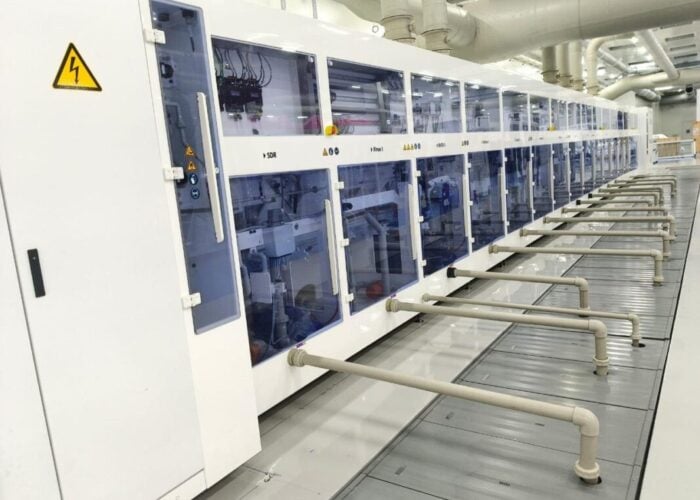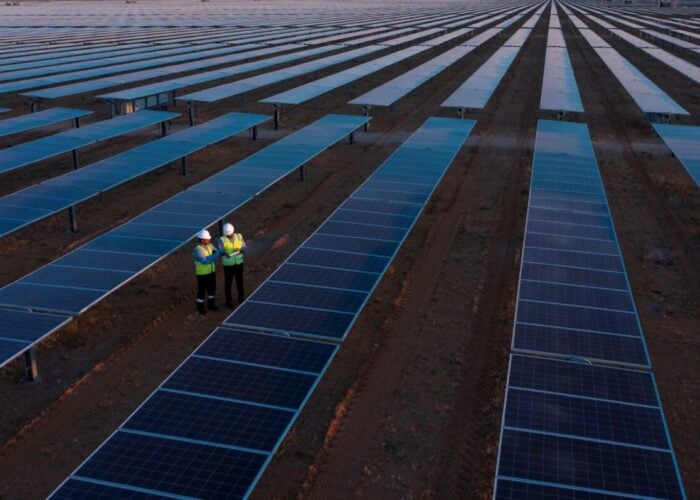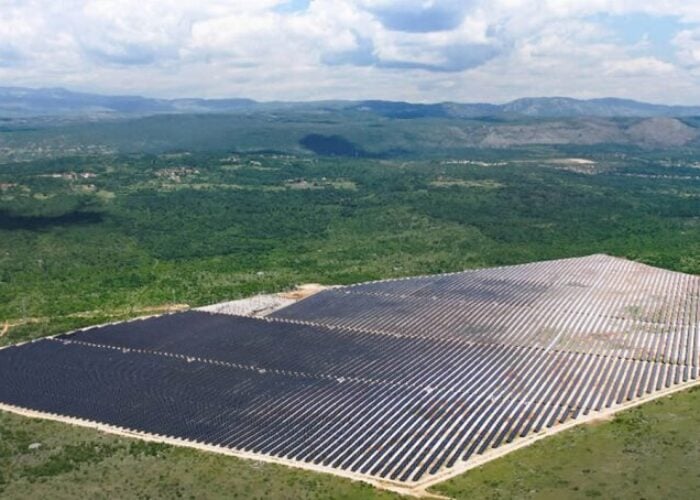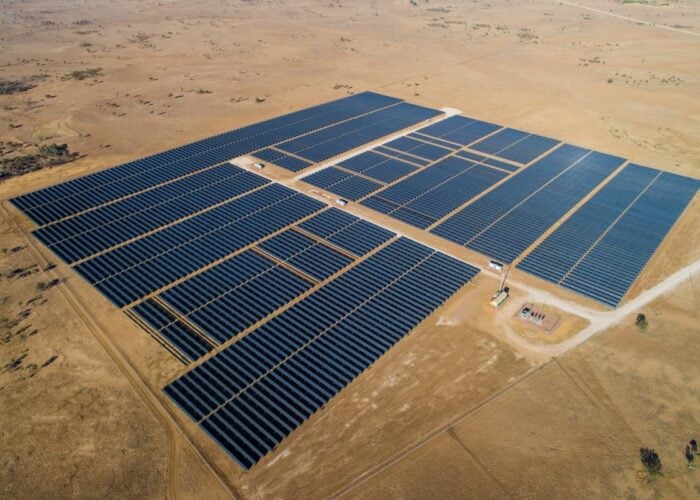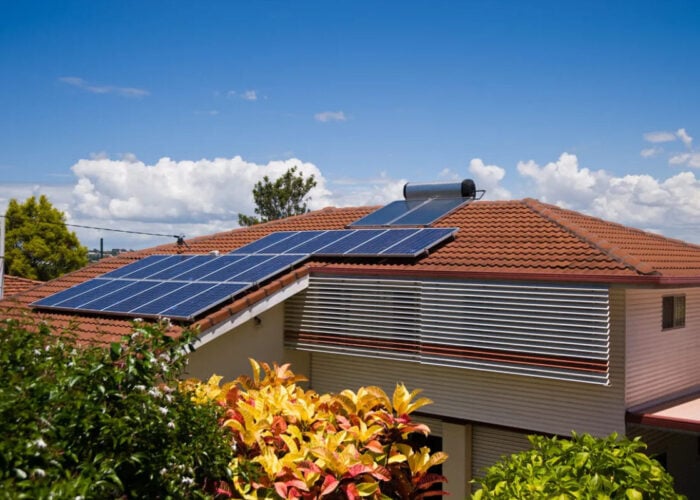Hitachi Chemical will begin sales of wavelength conversion particles (WCP) for solar encapsulant sheets that help increase the conversion efficiency of solar cell power generation. WCP series contains specialized phosphor within acrylic resin and converts short wavelength light (ultraviolet light) into long wavelength light (visible light).
Problem
Unlock unlimited access for 12 whole months of distinctive global analysis
Photovoltaics International is now included.
- Regular insight and analysis of the industry’s biggest developments
- In-depth interviews with the industry’s leading figures
- Unlimited digital access to the PV Tech Power journal catalogue
- Unlimited digital access to the Photovoltaics International journal catalogue
- Access to more than 1,000 technical papers
- Discounts on Solar Media’s portfolio of events, in-person and virtual
Manufacturers of solar cells and materials are concentrating their efforts on addressing the issue of how to improve conversion efficiency by increasing power generation from a limited amount of sunlight, while retaining existing machinery and processes.
Solution
Hitachi Chemical has developed wavelength conversion particles for solar encapsulants that help increase power generation conversion efficiency. The WCP works by converting short wavelength light (ultraviolet light) that could not previously be used into long wavelength light (visible light). Solar cell modules that use solar encapsulant sheets (wavelength conversion film) made of these particles are expected to increase conversion efficiency by up to around 2.2%, according to solar cell modules using conventional solar encapsulants in outdoor tests that comply with JIS C 8919. These particles are also dispersed throughout acrylic resin and are claimed to have outstanding durability. There is no need to alter the manufacturing process when these particles are mixed into solar encapsulant sheets by manufacturers, which contributes to an increase in conversion efficiency without affecting productivity. In addition to solar cells, this technology can be adopted to add new functionality to counterfeiting protection, identification of authenticity, optical materials and other applications through the use of wavelength conversion.
Applications
Solar cell/module encapsulant to boost conversion efficiency.
Platform
WCP series contains specialized phosphor within acrylic resin and converts short wavelength light (ultraviolet light) into long wavelength light (visible light). Solar cell modules, which use encapsulation sheets made of these particles, are expected to increase conversion efficiency. Good dispersibility in EVA sheets as well as retaining initial transparency, achieved by the composite particles consisting of acrylic resins and specialized phosphors. Existing PV module assembly lines can be adapted.
Availability
September, 2014 onwards.

